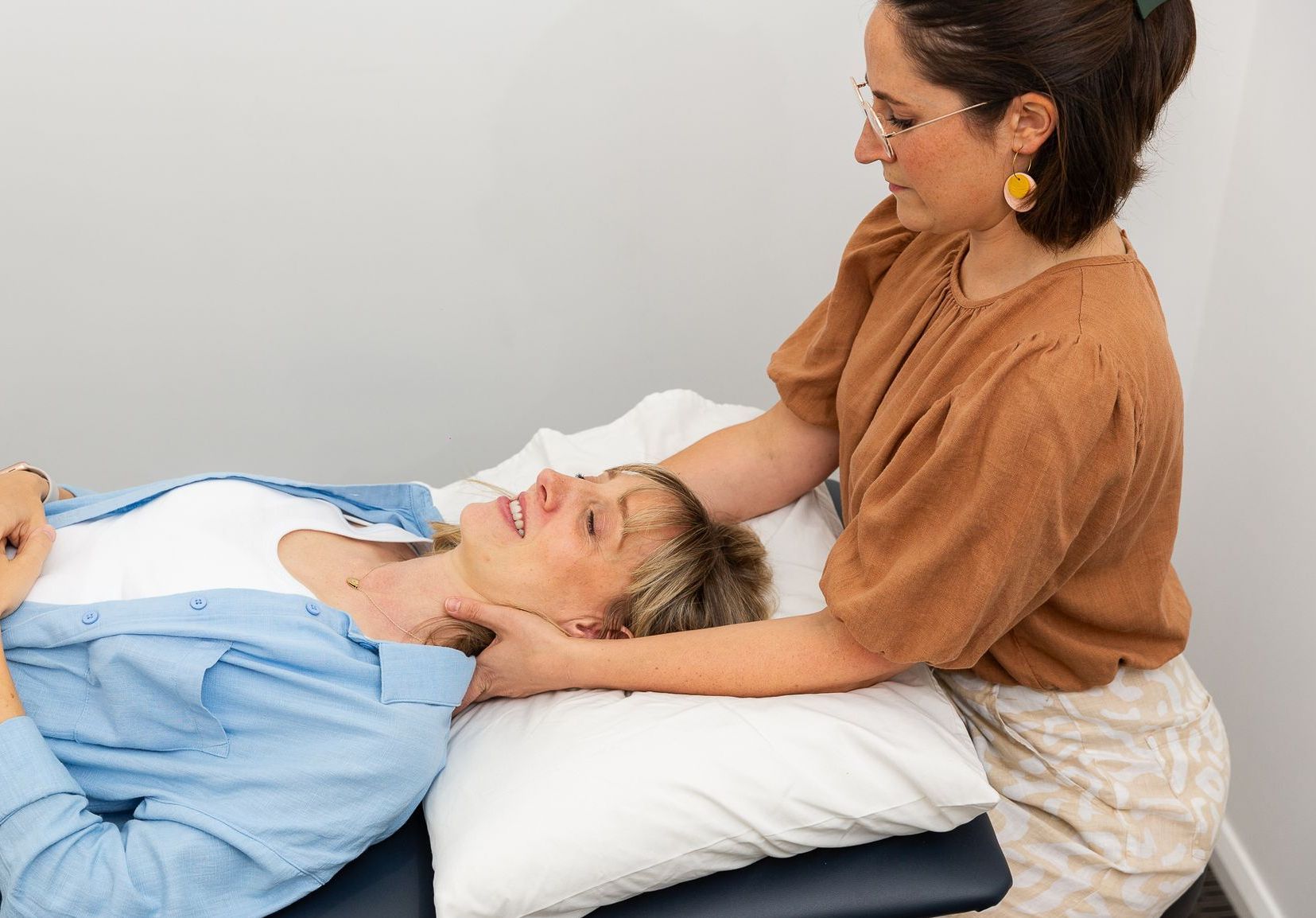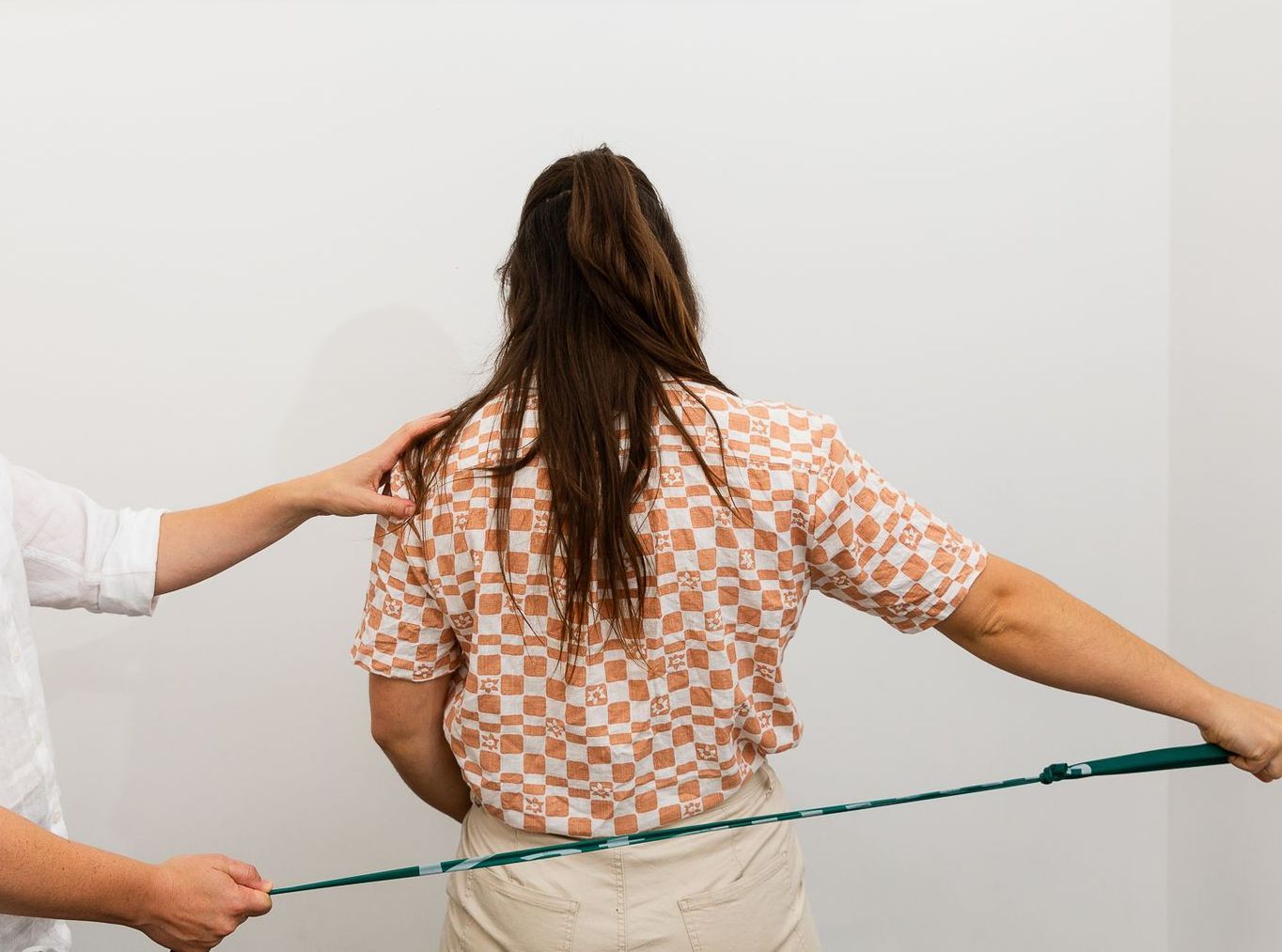Have you been considering osteopathy for relief from back pain, joint discomfort, or general tension but feel uncertain about what your first appointment might involve? Many people feel hesitant when trying a new health service, especially if they’re unsure about what happens during treatment.
In this blog, we’ll explain what you can expect at your first appointment for osteopathy in Woonona. Understanding the process may help you feel more at ease and help you prepare for a positive visit.
Why People Consider Osteopathy
Osteopathy is a form of manual therapy that focuses on how the body’s muscles, joints, and soft tissues work together. People often seek osteopathic care for:
- Neck and back discomfort.
- Joint stiffness or pain.
- Headaches are linked to muscle tension.
- Sports or repetitive strain injuries.
- General musculoskeletal discomfort.
Osteopathy offers a gentle, holistic approach that considers the connections between different parts of the body. Rather than simply focusing on a single symptom, osteopaths look at overall patterns that may contribute to discomfort.
Preparing for Your First Appointment
Knowing what to bring or wear can make your first visit smoother. Before attending, you might want to:
- Wear comfortable, loose clothing that allows easy movement.
- Bring any referrals, scans, or medical reports related to your concerns.
- Prepare a list of symptoms you’d like to discuss, including how long they’ve been present and what seems to aggravate or relieve them.
- Note any relevant medical history, including past injuries, surgeries, or chronic conditions.
This information helps your osteopath form a clearer picture of your overall health and tailor treatment appropriately.
The Initial Discussion
Your first osteopath appointment typically begins with a conversation. This discussion allows the practitioner to:
- Learn about your current symptoms and how they affect daily activities.
- Gather information about previous injuries, surgeries, or health conditions.
- Understand lifestyle factors that might influence your discomfort, such as work posture or sporting activities.
- Discuss any specific goals you have, like reducing discomfort or improving mobility.
This part of the appointment helps build a picture of your health beyond just the immediate concern, so your osteopath can identify patterns or underlying factors that may be contributing to your discomfort.
Physical Assessment
Following the initial discussion, your osteopath will usually conduct a physical assessment. This may involve:
- Observing your posture and how you move.
- Assessing flexibility and joint range of motion.
- Gently feeling (palpating) muscles and joints to detect areas of tightness or restriction.
- Performing basic movement tests to identify areas of strain or imbalance.
These gentle assessments help the osteopath pinpoint possible causes of discomfort and determine which areas might benefit from treatment.
Discussing Findings & Recommendations
After your assessment, your osteopath will discuss:
- What they have observed during your assessment.
- The likely factors contributing to your symptoms.
- A suggested plan for treatment, including the techniques they may use.
- How many sessions might be beneficial, depending on your condition and goals?
This discussion is a key part of your first visit, helping you feel informed about your body and what next steps may help support your well-being.
Osteopathic Treatment Techniques
If appropriate, your osteopath may begin gentle treatment during the first session. Treatment can vary depending on your condition, but may include:
- Soft tissue massage to help reduce tension in muscles.
- Gentle stretching or joint movements to improve mobility.
- Mobilisation techniques to ease stiffness.
- Advice on posture, movement, or activities to avoid aggravation.
Osteopathy is known for using gentle, hands-on techniques that aim to be comfortable and supportive. Practitioners are trained to adjust techniques to each individual’s needs and preferences.
Addressing Discomfort During Treatment
It’s natural to wonder whether osteopathic treatment might cause discomfort. Many techniques are gentle, but you may occasionally feel mild soreness or stiffness following a session, similar to what you might feel after gentle exercise. Your osteopath should:
- Explain any sensations you might feel during or after treatment.
- Encourage you to speak up if anything feels uncomfortable.
- Adjust techniques to suit your comfort level.
Communication during treatment is important, and you should always feel comfortable asking questions or sharing how your body feels.
Aftercare Advice & Home Exercises
Many osteopaths provide advice to help support your recovery between sessions. After your appointment, you might receive:
- Gentle stretches or exercises to improve mobility or reduce tension.
- Advice on posture at work or home.
- Tips for managing symptoms, such as heat or ice application.
- Guidance on when to rest and when to keep moving.
These recommendations are tailored to your situation and aim to help you maintain progress outside the clinic.
How Many Sessions Might You Need?
The number of sessions needed can vary depending on:
- The nature and severity of your symptoms.
- How long has the issue been present?
- Your overall health and goals for treatment.
- How your body responds to initial sessions.
Some people notice changes after one or two visits, while others may benefit from ongoing care to address longer-term patterns. Your osteopath will discuss what seems appropriate based on your situation.
Benefits Beyond Physical Relief
Many people seek osteopathy initially for relief from physical discomfort. However, some individuals find that osteopathic care also helps with:
- Improved flexibility & range of motion.
- A greater sense of body awareness.
- Reduced stress & tension in daily life.
- Improved posture & movement habits.
While osteopathy is not a cure-all, it may complement other healthcare approaches and support overall well-being.
When Osteopathy May Not Be Suitable
Although osteopathy suits many individuals, there are situations where it may not be appropriate. Your osteopath will ask about health conditions that could influence treatment choices. In some cases, they may suggest that you seek further medical assessment before continuing with manual therapy.
If osteopathy is not suitable for your situation, your practitioner will discuss other options or refer you to a healthcare provider who may be able to assist.
Book Your First Osteopathy Appointment in Woonona Today
Stepping into your first osteopath appointment doesn’t need to feel daunting. Knowing what to expect can help you feel more at ease and confident about seeking care. Your osteopath is there to listen, assess, and provide gentle treatment tailored to your individual needs.
At Align Health Therapies, we provide osteopathy in Woonona, helping individuals navigate musculoskeletal concerns with a gentle and holistic approach. Your first visit is an opportunity to discuss your health goals and explore whether osteopathy may support your well-being. Contact us today to book your initial consultation.







